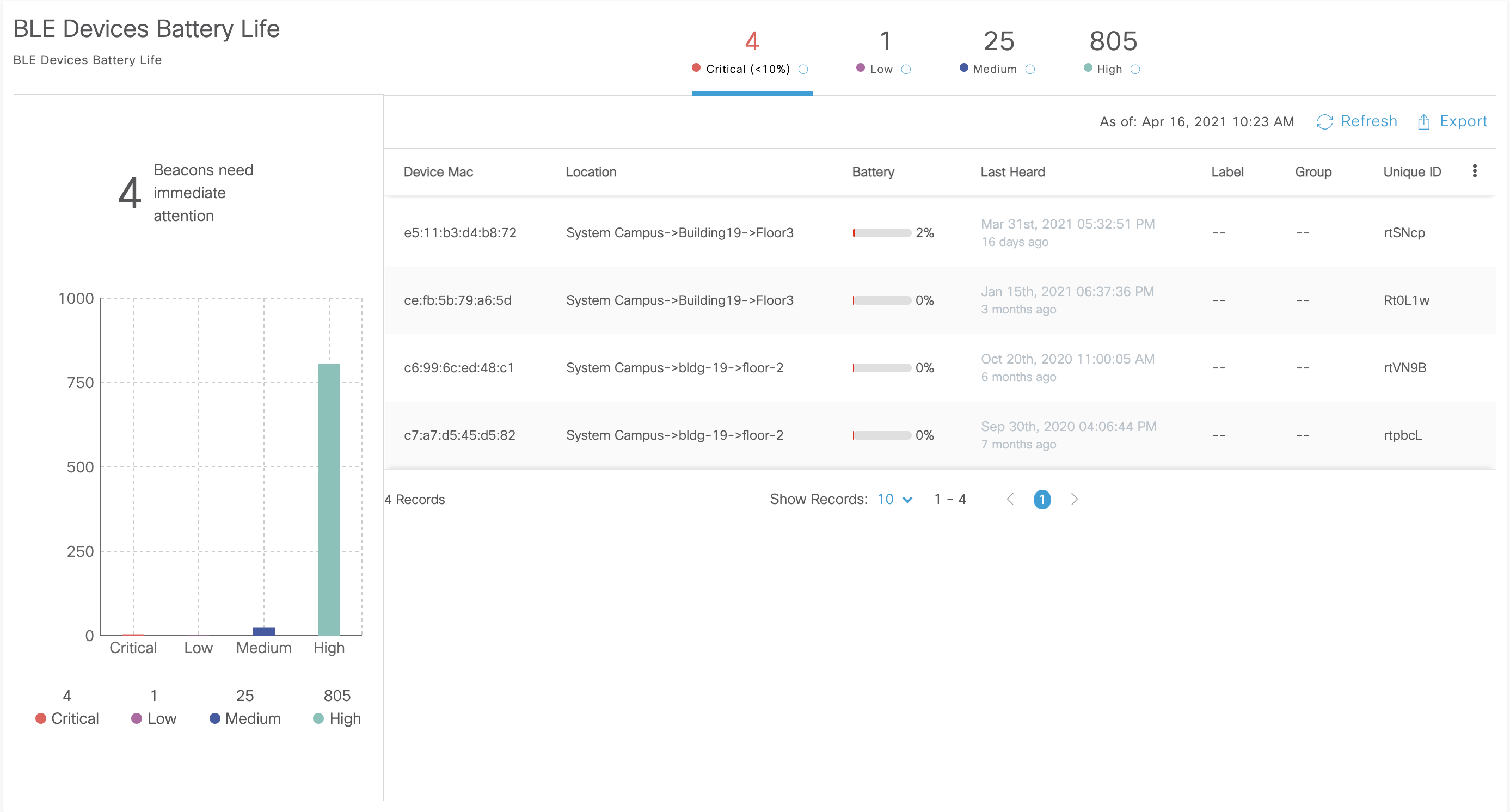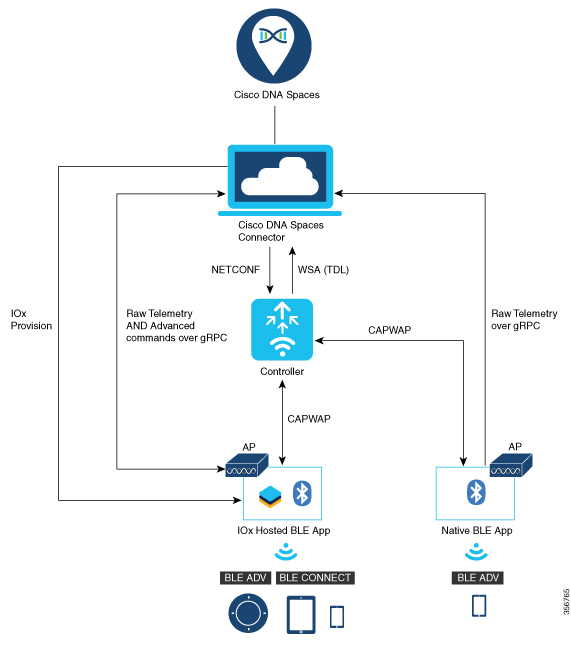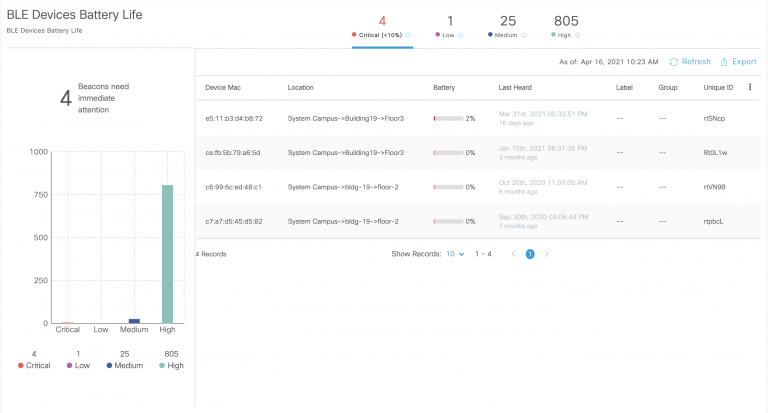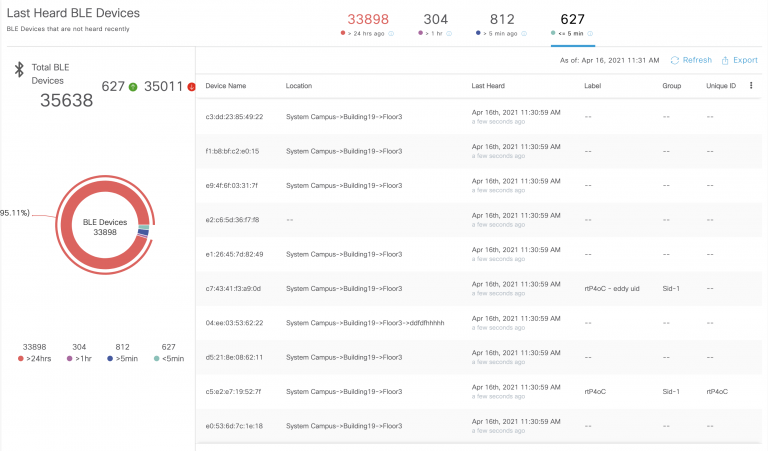- '코트 안팎에서 데이터와 AI 활용하기'··· NBA팀 올랜도 매직의 디지털 여정
- Phone theft is on the rise - 7 ways to protect your device before it's too late
- 최형광 칼럼 | 데이터는 더 이상 정제되지 않는다
- New Intel Xeon 6 CPUs unveiled; one powers rival Nvidia’s DGX B300
- First $1B business with one human employee will happen in 2026, says Anthropic CEO
Monitoring your indoor IoT environment – Cisco DNA Spaces IoT Services – Cisco Blogs

IoT Services Overview
Cisco DNA Spaces is the world’s most powerful location platform that uses existing Wi-Fi infrastructure to give actionable insights and drive business outcomes. Cisco DNA Spaces IoT services has been transforming how businesses measure and interact with their environment at scale. Cisco IoT services has brought hardware, software, and services together to digitize spatial data into actionable intelligence. Businesses are planning occupancy monitoring, air quality testing, contact tracing, and in-room presence use cases with Cisco DNA Spaces to prepare workspaces for a post-pandemic reopening. Enabling all these use cases require seamlessly consuming a ton of data and working with a plethora of devices. So how does an enterprise monitor the health of their IoT environment in an ocean of devices broadcasting data continuously? Enter, Cisco IoT Services Device Monitoring.
IoT Services Components
The key components of the solution are comprised of Cisco DNA Spaces IoT Services, Cisco Catalyst 9800 Series Wireless Controllers, Cisco Access Points, and our IoT Partner Ecosystem. The specific roles of each piece of the solution are described below:
All components in the IoT Services architecture communicate with their peers over a data channel to forward measurements and a control channel to pass actionable information. For example, in the network architecture below, Access Points communicate with the Connector over a gRPC data plane while it communicates with the Controller over a CAPWAP control plane.
Data Volume
The vastly scalable data plane enables DNA Spaces IoT services to ingest and process humongous volumes of data. Partner device broadcasts are either time-driven or event-driven. Beacons, for example, can broadcast advertisements at an astonishingly high frequency while some telemetry devices can be triggered only when certain conditions are fulfilled. As a result, the per-device transmission rate varies widely from every 100ms to once in several days. On average IoT services process, more than 300 million messages per day, and data volume is increasing every day as more and more devices are being scanned.
Needle in a haystack
Analyzing the millions of packets consumed by IoT Gateways, DNA Spaces IoT Services Device monitoring identifies and predicts possible issues in the network’s IoT Infrastructure.
Device Monitoring
Network snapshot
IoT Services provides a snapshot to quickly identify if any Gateway is down in the environment. It also identifies the total number of transmitting IoT devices and how many devices are active currently. This quickly provides customers with an idea of how cluttered the BLE environment in the enterprise may be.
Battery monitoring
Unmonitored devices running out of battery is one of the primary causes of IoT network failures. It adversely affects almost all IoT use cases such as wayfinding, sensor telemetry. Devices advertising with high frequency or transmission power are particularly susceptible to battery drainage. Device monitoring provides a concise view of identifying devices that have critical or low battery life. It also provides information to locate the devices on a map so that network administrators can easily find the device and change its battery.
Active devices
The active devices count provides the number of devices the gateways have scanned in the last 5 mins. If there are too many active devices, it may indicate unmitigated rogue transmissions on the network. On the other hand, if there are too few active devices, it may indicate malfunctioning devices or data channel setup issues.
We are integrating more and more metrics to provide powerful insights into your IoT Network through device monitoring. In combination with network policies, device monitoring can truly transform IoT network management.
Additional Information
IoT Services Configuration Guide.
Learn more about the partner ecosystem, visit the Device Marketplace.
Check out our Cisco Networking video channel
Subscribe to the Networking blog
Share:





